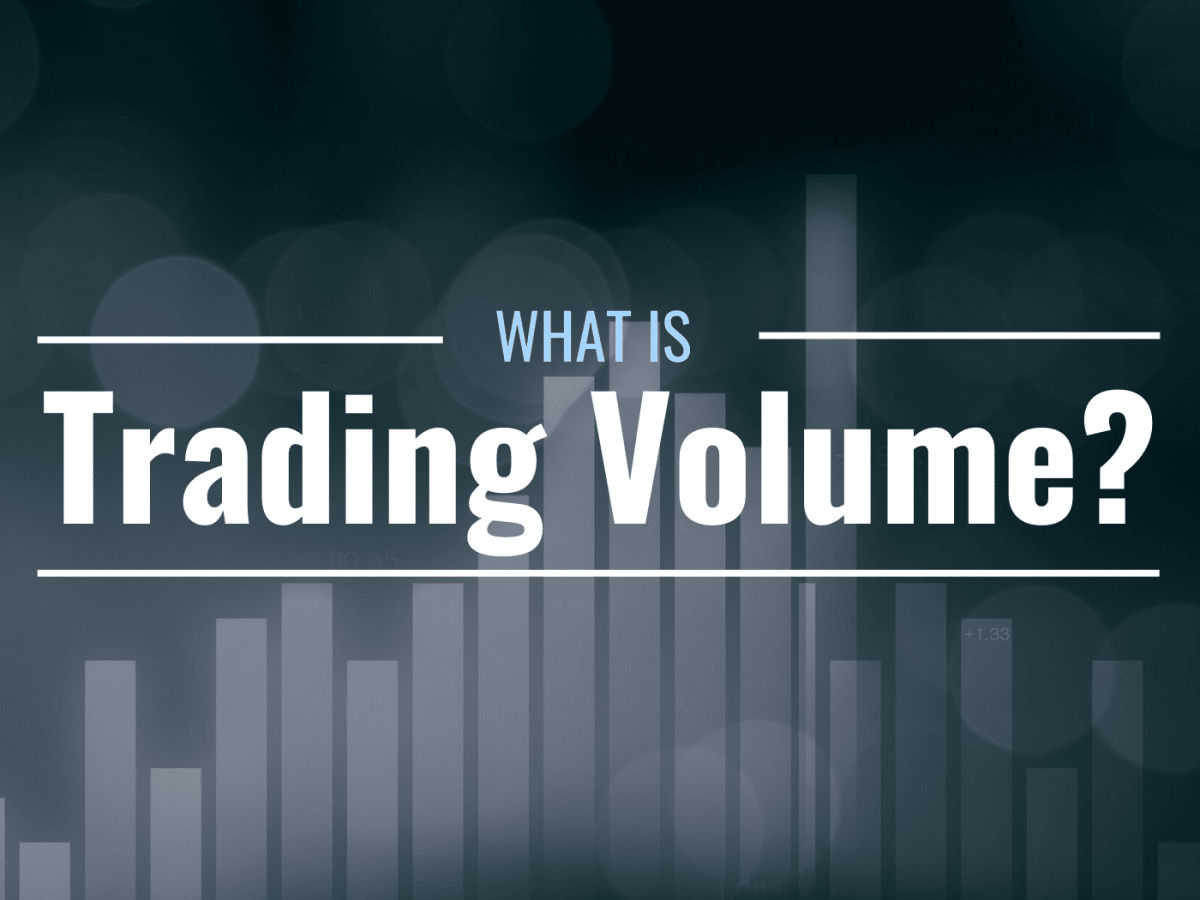What is Trading Volume?
Trading volume refers to the total number of shares, contracts or securities that are bought and sold within a particular period of time, typically within a day. It is an important metric for measuring the level of activity in a financial market or a particular security, and can be used to gauge investor sentiment and market liquidity.
In the stock market, trading volume is often used as an indicator of the level of interest in a particular stock, and can be a useful tool for traders and investors looking to make trading or investment decisions. Higher trading volume generally indicates higher market activity, which can result in greater price volatility and more opportunities for profits in trading.
Trading volume may also be influenced by a variety of factors, such as market news and events, economic indicators, and company-specific developments. In addition, changes in trading volume can often be used as a leading indicator for changes in stock prices and overall market trends.
How Does Trading Volume Work?
Every market exchange tracks its trading volume and provides volume data. The volumes of trade numbers are reported as often as once an hour throughout the running trading day. A trade volume reported at the end of the day also as an estimate and final actual figures are reported on the following day. Trading volume normally used to have following key elements:
- Buyers and sellers enter the market: In any financial market, there are buyers and sellers who are interested in buying or selling a particular security.
- Orders are placed: Buyers and sellers place orders to buy or sell the security at a particular price.
- Orders are matched: The exchange or market maker matches the buy and sell orders, and executes the trades at the agreed-upon price.
- Volume is recorded: Each trade is recorded, and the total number of shares or contracts traded is added to the trading volume for the day.
- Volume is reported: At the end of the trading day, the exchange or other data providers report the trading volume for each security that was traded.
How is Trading Volume Calculated?
The calculation method may vary depending on the type of security being traded and the specific market in which it is traded. Here are some common steps for calculating trading volume:
- Determine the time period: Trading volume is typically measured over a specific time period, such as a day, week, or month.
- Identify the number of trades: Each trade involves a specific number of shares or contracts. To calculate trading volume, you need to add up the number of shares or contracts that were traded during the selected time period.
- Calculate the total volume: To calculate the total trading volume, multiply the number of shares or contracts traded by the price of each share or contract. This will give you the total dollar value of all trades.
- Summarize the results: Once you have calculated the total trading volume for the selected time period, you can summarize the results by reporting the total number of shares or contracts traded, the average daily trading volume, or other relevant metrics.
Example of Trading Volume:
Let’s suppose that on a given trading day, 50,000 shares of XYZ Corporation were bought and sold on the specific stock market. It means that the trading volume for XYZ Corporation for that day was 50,000 shares.
If the stock price of XYZ Corporation was $20 per share at the beginning of the trading day, and it closed at $22 per share, we can calculate the total dollar volume of all trades for that day as follows:
Total dollar volume = Trading volume x Stock price
Total dollar volume = 50,000 shares x $22 per share
Total dollar volume = $1,100,000
So, on this trading day, the total dollar volume of all trades for XYZ Corporation was $1,100,000 and stock trading quantity was 50,000 nos.
Traders and investors may use trading volume as an important indicator of market activity and liquidity, and may also use it to make investment decisions or identify market trends. In general, higher trading volumes can indicate a higher level of interest in a particular stock or security, which can lead to greater price volatility in either side and trading opportunities. For more keep visiting www.moneysmint.com
